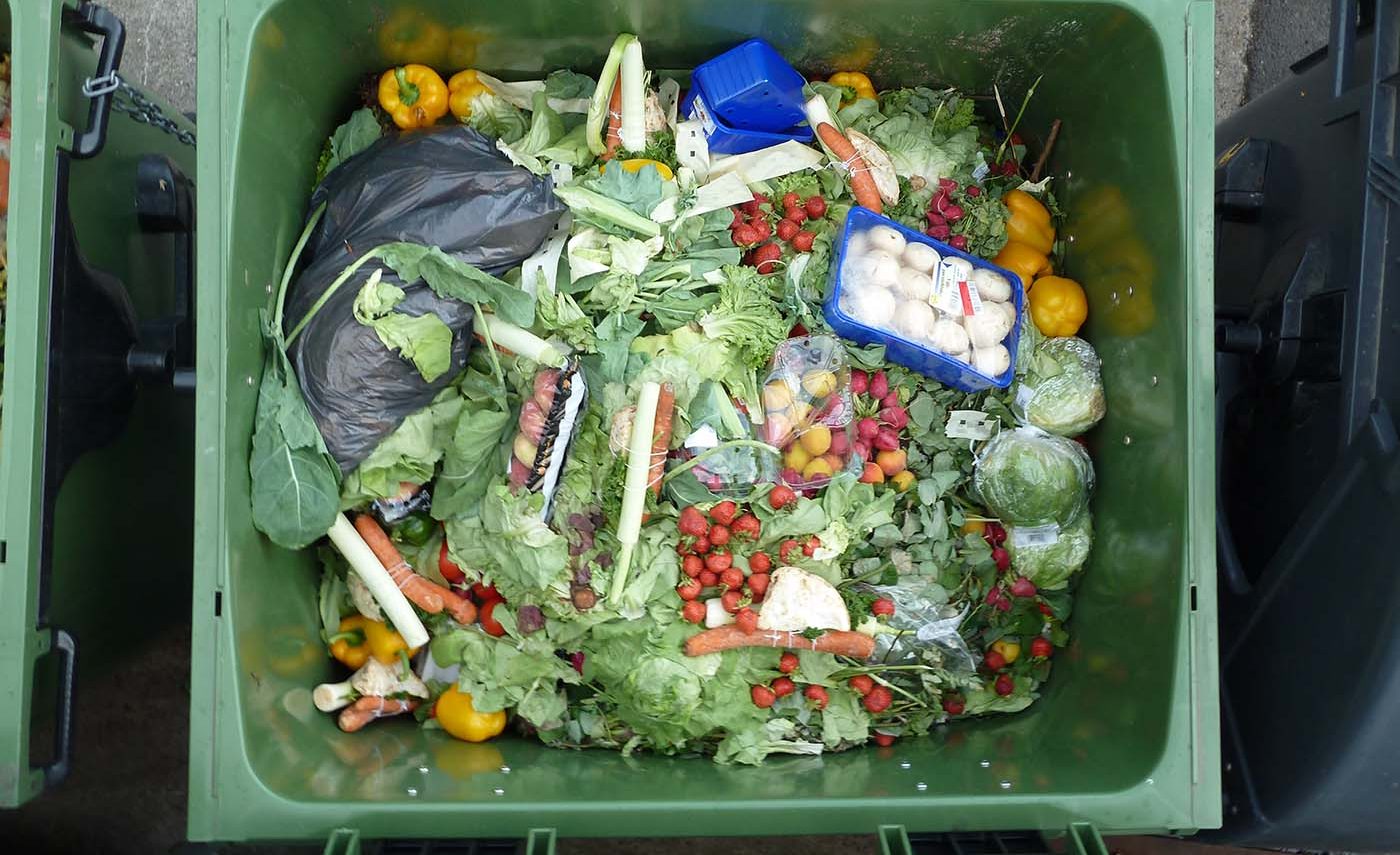Study Reveals How Controlling Food Waste Can Save $1,500 On Groceries In 2024

As the holiday afterglow begins to wane and Americans get a jumpstart on this year’s resolutions, replacing the money spent on gifts will no doubt be an area of focus. According to a new study about food waste conducted by MITRE-Gallup, the average American household discards 3 pounds (or 6.2 cups) of food weekly, which amounts to 168 pounds per year. It’s estimated that each household could save at least $1,500 a year by reducing or eliminating food waste entirely.
The study was conducted in each state with participants reporting their daily food waste habits. Two of the primary contributors were leftover waste/spoilage and over-reliance on date labels. A staggering 30 to 40% of food in the U.S. is wasted, per the U.S. Food & Drug Administration. ReFed, a nonprofit dedicated to ending food loss with data-driven solutions, estimates that wasting edible food costs residents $310 billion in total — food that ends up in the landfill and emits greenhouse gas.

While saving the environment is a seemingly laudable reason to lower food waste, the actual incentive driving the study’s participants is more practical: saving money. In fact, it’s the top motivating factor. Eighty-two percent chose saving money while only 40% chose reducing environmental impact. That said, 55% of consumers do believe that food waste is responsible for climate change.
Laura Lets, Ph.D., senior principal scientist at MITRE, said, “We knew about half of food waste occurs at home, but we didn’t have a good measure of household food waste. MITRE developed a first-of-its-kind app to measure household food waste and launched a national study with Gallup to better understand why and how households waste food, and what would motivate them to prevent waste. Our findings are valuable to organizations creating waste-reduction initiatives as well as consumers who want to save money, maximize available food resources for the benefit of disadvantaged communities, and address related environmental consequences.”

Some interesting takeaways from the study include:
- 87% of households reported wasting edible food the prior week.
- Despite 81% of households citing price as the top food-related issue, only 33% are aware the average American household could save at least $1,500 per year by eliminating food waste, and almost half (49%) underestimate potential cost savings.
- 86% of households think Americans should do more to reduce the amount of food we waste.
- Households that frequently throw away leftovers report throwing out over three times as much food as those who do so less frequently. Respondents who say they often or always dispose of food because the date on the label has passed report throwing away more than twice as much food as those who say they never or rarely throw away food past its date label.

To guide Americans to make better choices about food waste in order to save on groceries, MITRE-Gallup also provided tips to save money and reduce food waste like making the best use of leftovers, learning to better understand food label language, and making an inventory of your food before grocery shopping. The MITRE group even created a Food Waste Tracker app that you can download for free on the Apple and Google Play app stores.






















